
Review on 🔌 APC P6WU2 Wall Outlet Plug Extender: Surge Protector with USB Ports, 6 AC Multi Plug Outlet, 1080 Joule Surge Protection - White by David Skyline

It's not about Joule
With a name like Essential it doesn't promise much. Still, it's decent for the directly attached protection. I have four of these protecting inexpensive electronics. The direct-connect design with side vents is convenient for many applications, helps keep floors clutter-free, and doesn't require a large offset when used behind furniture. It also has a SurgeArrest feature that will disable the device if it gets compromised. The ratings on the back of my device are: Voltage protection class: LN: 400V, LG: 400V, NG: 400V. In=3KA. A protective voltage of 400V is normal, but an In value of 3kA indicates that the lifespan of this device is short. Given the low cost, this is not surprising.______________ For surge protective devices (SPDs), ANSI/UL 1449 3rd Edition requires the device to be marked with a Voltage Protection Class (VPR), a Discharge Current Class (In), and a few other values. . . APC, Tripp Lite, and others rarely disclose these values in their literature. Instead, all marketing refers to the Joule rating, which is not part of the UL standard. Standard VPR ratings include 330, 400, 500, ...; while default values for In include 3 kA, 5 kA, 10 kA, …. The lower the VPR the better, and the higher the In the better. The FAQ page of the NEMA Surge Protection Institute website (nemasurge.org) contains a summary of the SPD comparison: Industry standards (UL) and guidelines (IEEE) do not recommend a Joule comparison, instead focusing on the actual performance of SPDs with tests like this, as a test of the nominal discharge current, which together with the VPR test, checks the durability of the SPD. which reflects the transmitted voltage.
- Free for educational purposes
- Lots of stuff
New products
Comments (0)
Top products in ⚡️ Surge Protectors
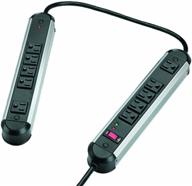
Fellowes 10-Outlet Metal Split Surge Protector - 1,250 Joules, 6ft Cord in Black and Silver

12 Review
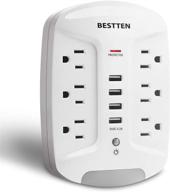
BESTTEN Wall Outlet USB Charger: Surge Protector with LED Night Light, 4 USB Ports, 6 AC Outlets - ETL Listed, White

12 Review
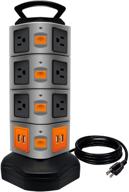
Power Strip Tower with 14 Outlets, 4 USB Slots, and 6ft Cord - Universal Charging Station by Lovin Product (1-Pack)

11 Review

Allocacoc PowerCube ExtendedUSB, 4 Outlets, 2 USB Ports, 5 ft Cable, Mounting Dock, Surge Protection, Childproof Sockets, ETL Certified - Blue

12 Review
Another interesting products
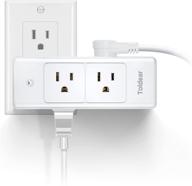
Toldear Multi Plug Outlet 💡 Extender with Rotating Plug - White

12 Review
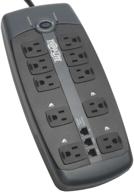
Tripp Lite TLP1008TEL 10 Outlet Surge Protector Power Strip with 8ft Cord, Tel/DSL Protection, RJ11 and $150,000 Insurance - Silver

12 Review
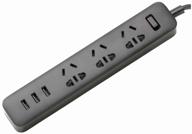
Extender Xiaomi Mi Power Strip 3, XMCXB01QM, 3 sockets, 10A / 2500 W black 1.8 m

20 Review
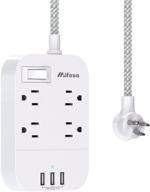
4 Outlet Power Strip with 3 USB Charger Ports and 5ft Braided Cord 💡 - Flat Plug, Wall Mountable Desktop Charging Station for Home, Office, and Cruise Ship use.

12 Review

